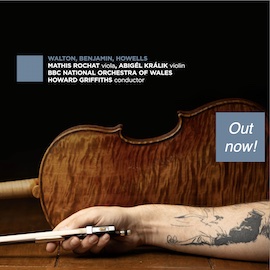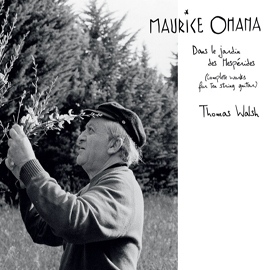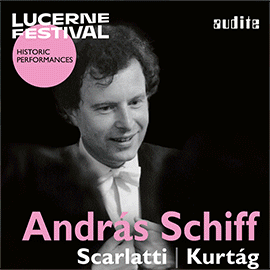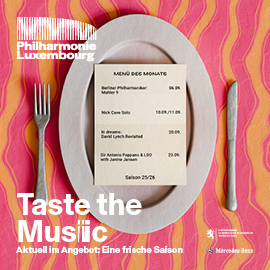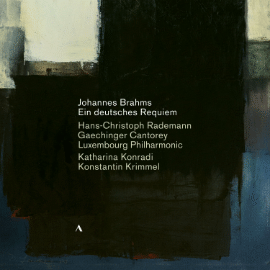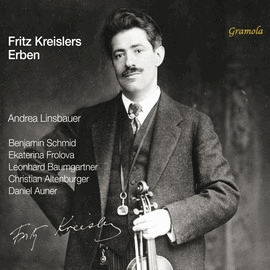Die in Spanien geborene und nun in der Schweiz ansässige Cembalistin Ines Moreno Uncilla legt als Einspielung die sechs Sonaten op. 5 von Johann Christian, dem jüngsten Sohn von Johann Sebastian Bach vor. Allerdings erklingen nur die drei Nummern 1, 5 und 6 in der originalen Version. Die anderen drei Nummern stellt sie zusammen mit dem Minue Ensemble in Bearbeitungen aus der Feder von Wolfgang Amadeus Mozart vor. Letzterer hatte bei seiner Reise nach London Johann Christian kennengelernt und schätzte seine Musik sehr. Da verwundert es nicht, dass er diese drei Werke als Kammermusikstücke mit Begleitung von zwei Violinen und Violoncello anlegte, wobei er den Cembalopart nahezu identisch hielt. Auffallend ist die Abwechslung zwischen instrumentalen Ritornelli und Soli des Cembalos; diese Gestaltung führte Johann Christian zuvor in den Konzerten op. 1 aus.
Ines Morena Uncilla, die nach Studien in der Schule am El Escorial ihre Ausbildung an der Schola Cantorum Basiliensis fortführte, zeigt in ihrer ersten Einspielung mit differenziert gestalteten Partien die Früchte ihrer Schulungen. Technisch exquisit charakterisierend und gestaltend, bietet sie auch die musikalisch ausgeformte Darstellung an, die diese Werke auf dem Übergang vom Barock zur Klassik in ihrem Fortschrittsgedanken formuliert. Dabei gelingt es ihr überzeugend, die strukturelle Klarheit in Einklang mit der Interpretation zu artikulieren.
Mit den drei Musikern des Minue Ensembles gelingt ihr ein müheloses Zusammenwirken, das den konzertanten Charakter herausstellt, ohne die ursprüngliche Herkunft von Solowerken zu negieren. Die drei Musiker des Minue Ensembles, zumindest auch an der Schola Cantorum Basiliensis ausgebildet, machen durch ihr Spiel die Intentionen von Mozart bei der Bearbeitung dieser Sonaten hörbar.
The Spanish-born harpsichordist Ines Moreno Uncilla, who now lives in Switzerland, has recorded the six sonatas opus 5 by Johann Christian, the youngest son of Johann Sebastian Bach. However, only the three numbers 1, 5 and 6 can be heard in the original version. She performs the other three together with the Minue Ensemble in arrangements from the pen of Wolfgang Amadeus Mozart. The latter had met Johann Christian during his trip to London and greatly appreciated his music. It is therefore not surprising that he arranged these three works as chamber music pieces accompanied by two violins and cello, keeping the harpsichord part almost identical. The alternation between instrumental ritornelli and harpsichord solos is striking; Johann Christian had previously used this arrangement in the concertos op. 1.
Ines Morena Uncilla, who continued her training at the Schola Cantorum Basiliensis after studying at the school in El Escorial, shows the fruits of her training in her first recording with differentiated parts. Exquisitely characterizing and shaping her technique, she also offers a musically shaped performance that formulates these works on the transition from the Baroque to the Classical period in their idea of progress. She succeeds convincingly in articulating the structural clarity in harmony with the interpretation.
With the three musicians of the Minue Ensemble, she achieves an effortless interaction that emphasizes the concertante character without negating the original origin of solo works. The three musicians of the Minue Ensemble, at least also trained at the Schola Cantorum Basiliensis, make Mozart’s intentions audible through their playing in the arrangement of these sonatas.








